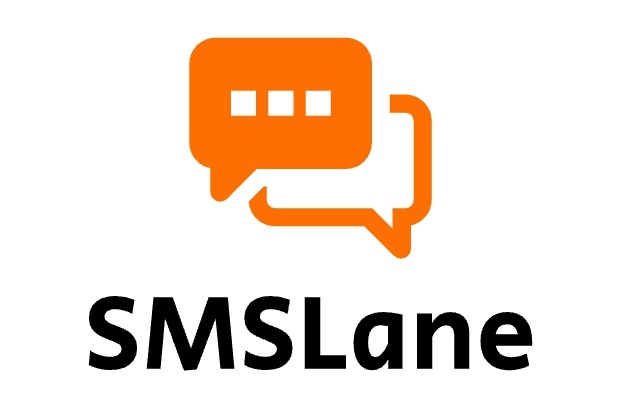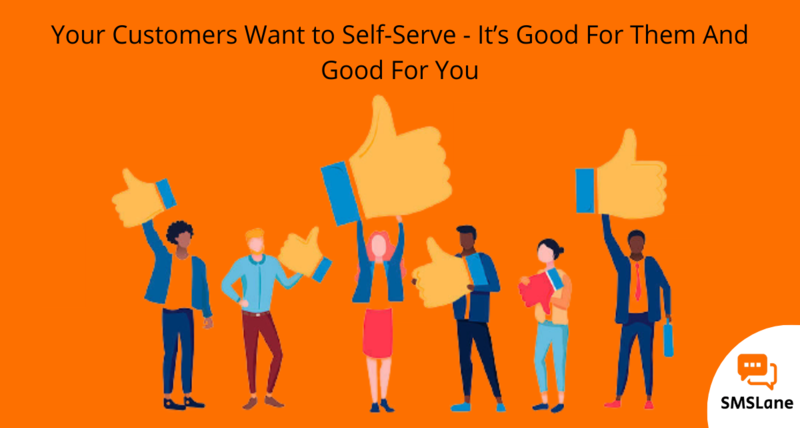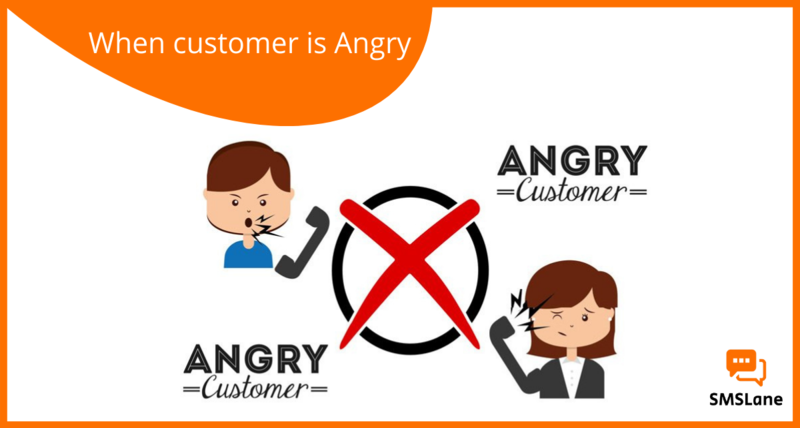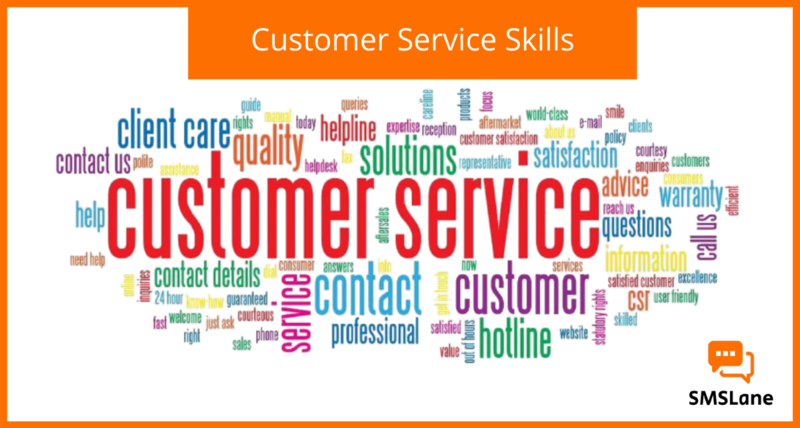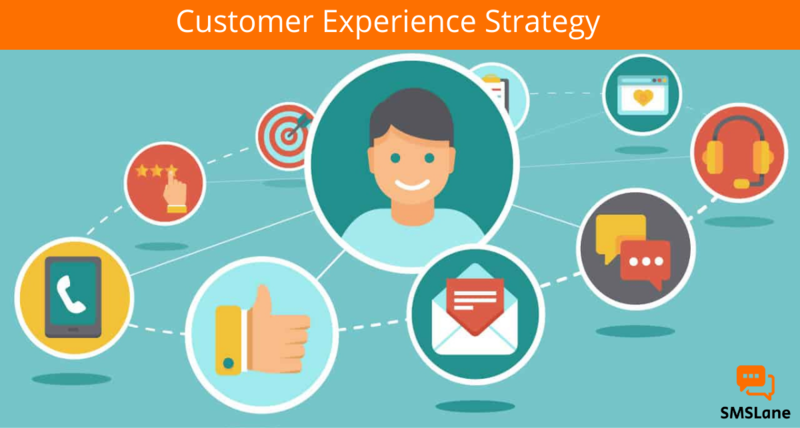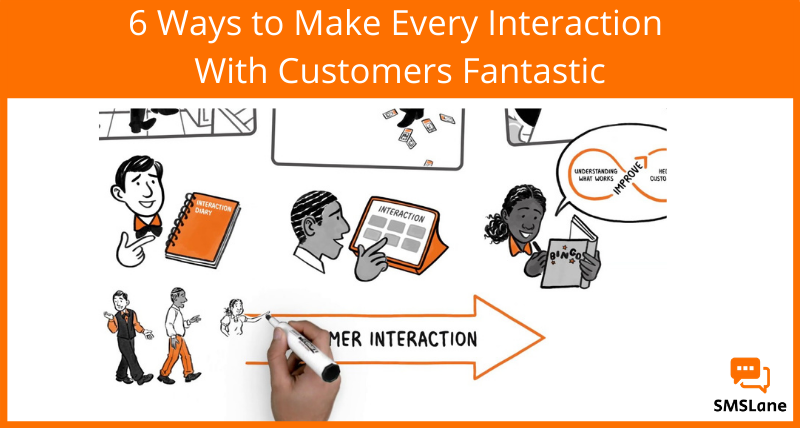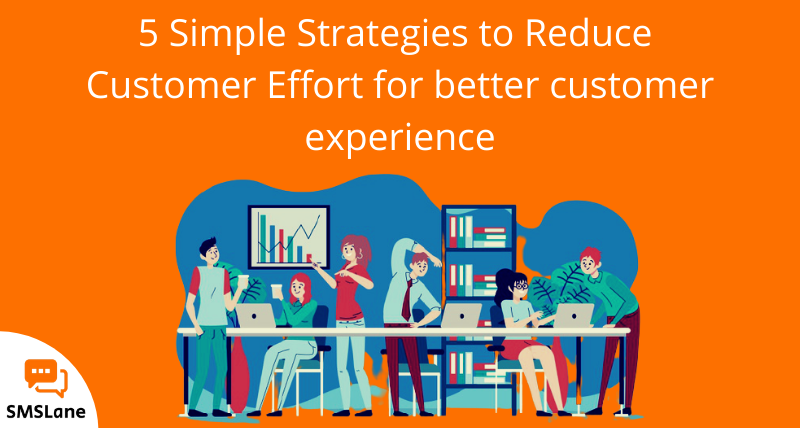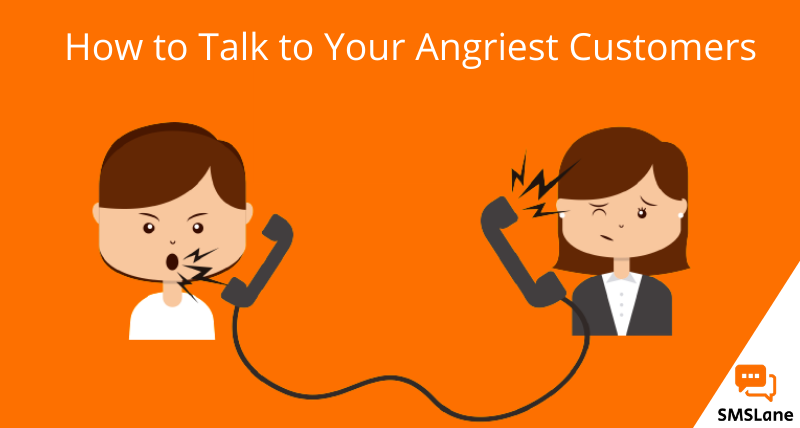1. Build Loyal Customers
SMS Marketing is a great channel to engage and build loyal customers. Offer your customers promotions and offer information about your business when you feel the need. This makes your customers / clients feel appreciated by keeping them the main focus of your business. The more you give, the more you get back.
2. Generate word of mouth
Use SMS to not only engage your existing customers but also drive new business to your company. If you have something of value to offer your customers, they will spread the word to family, friends and colleagues. Word of mouth is a powerful tool and SMS promotes this with instant communication.
3. Improve communication
Communication is key to building a long-term relationship. SMS marketing can go a long way toward building these relationships. SMS is a personalized message from you to your audience. Let them in on the secret sale, a simple thank you message after a purchase, inform them of the promotional sales / offers, when your product/service is ready for sale. SMS marketing is now become very easy ,fast and reliable way to communicate with all of your audience.
4. Fast and Effective
Promotional SMS allows you to reach a large number of people all at the same time. Text Messaging is an effective marketing tool, getting your message into the hands of the right audience, when you want it. Customers always keep their mobile on hand, making it easy to communicate your message to them.
5. Opt-In Option
Building your database correctly is of vital importance, not only for Data Protection purposes but also by having your customers sign up to hear from you, you have already started the sales process. These Opt in’s are qualified existing or potential customers, they want to hear from you, don’t disappoint them.
6. Opt Out Option
With every promotional SMS Campaign business must offer customers the opportunity to unsubscribe from next promotional SMS Campaign. According to Data Protection Laws if you are to contact a person via SMS, they must be able to unsubscribe via SMS. SMSLANE can offer you the perfect Opt in Opt Out solution which will immediately update your database keeping you compliant. The major benefit with this, you will not be sending promotional SMS texts on those mobile numbers who unsubscribe your promotional SMS campaign.
7. Cost Effective
Promotional SMS Marketing is an cost effective promotional method of communication in comparison to traditional marketing. It will help your business to reduce marketing operating budget. Maximum public and private companies cutting their costs every day by sending promotional SMS instead of sending letters or brochures, this is always great for our environment too!
8. Integrate into your Marketing Campaigns
A huge benefit of SMS Marketing is the potential it has when you integrate it into any of your product marketing campaigns. It is known that social media and traditional media are not always the most effective way to reach your customers on time, simply integrate promotional SMS with these other marketing methods and send your products promotion information via text SMS to your customers, ensuring that they know what you have to offer them.
9. Straight to the point
With only 160 characters allowed when sending a text message this ensures that your message is clear and concise. Getting straight to the point is very important, Informing customers exactly what you want them to know and making it an easy read will benefit both the customer and your business.
10. Time management
Everyone knows that ‘Time is Money’, with Promotional SMS Marketing you will save a lot of time and money, allowing you to concentrate on other areas of the business. It is a simple and easy process. With the scheduling component of SMS you can simply organise your Promotional SMS marketing campaigns for a later date. This is a major benefit as it allows you to manage your time efficiently
